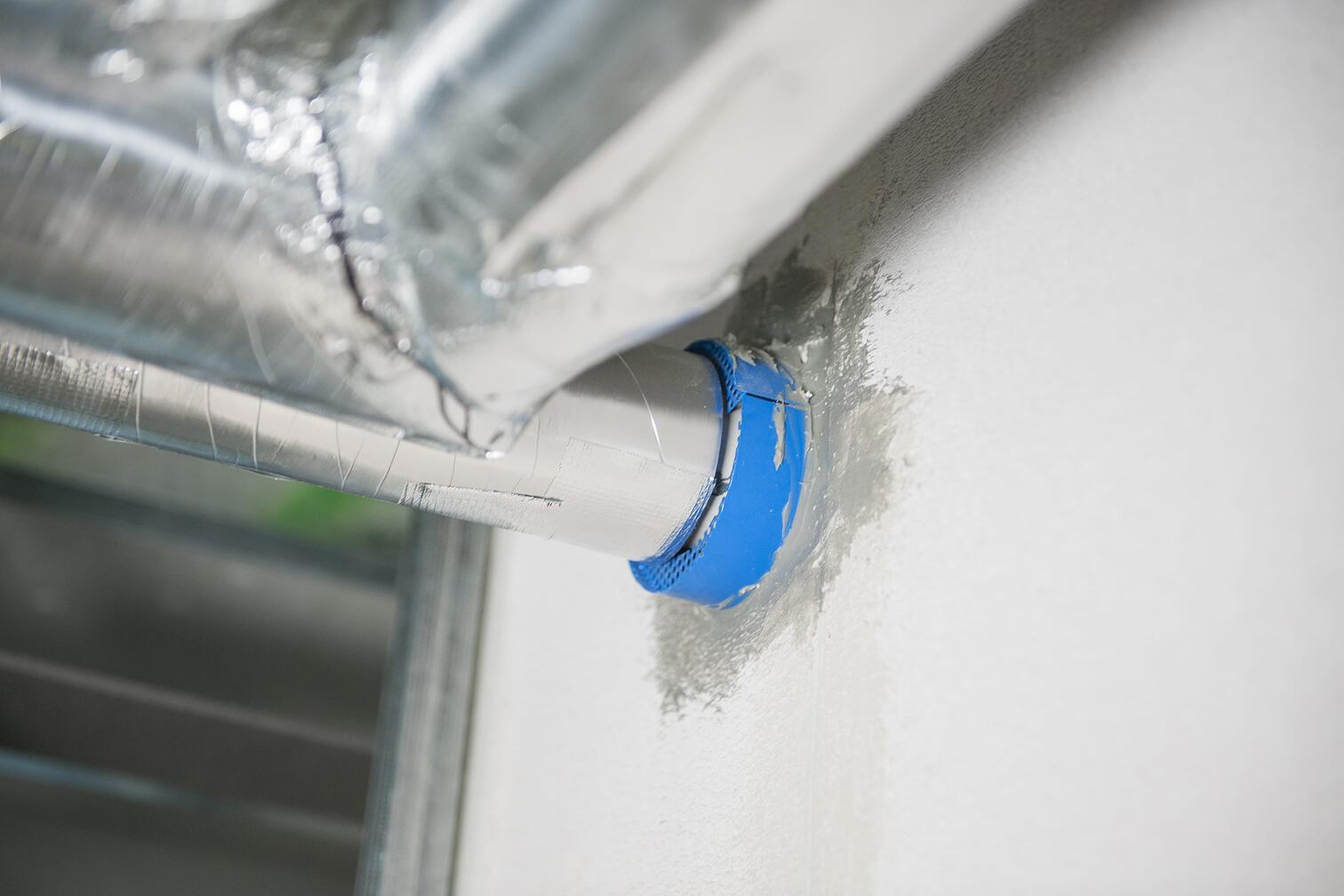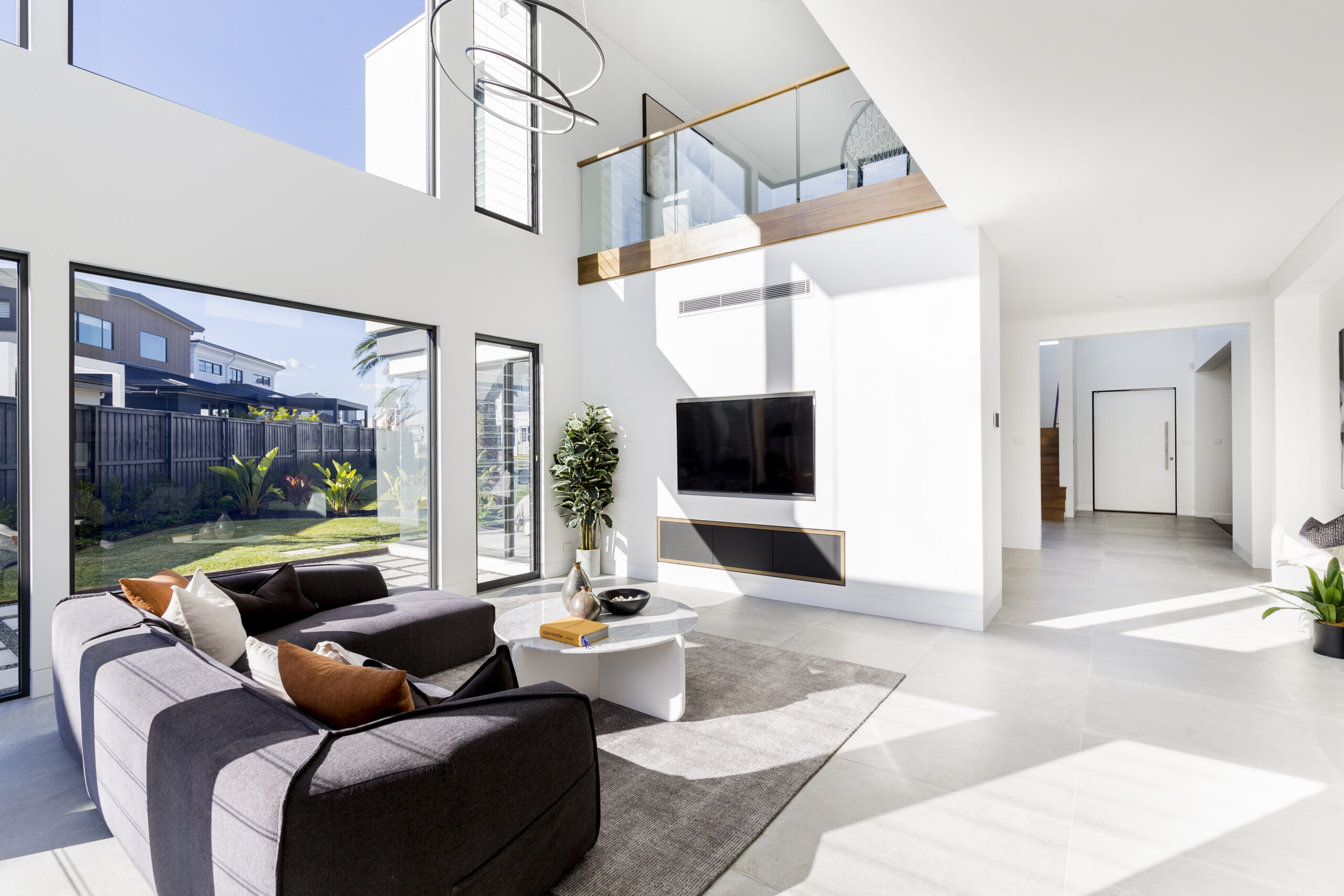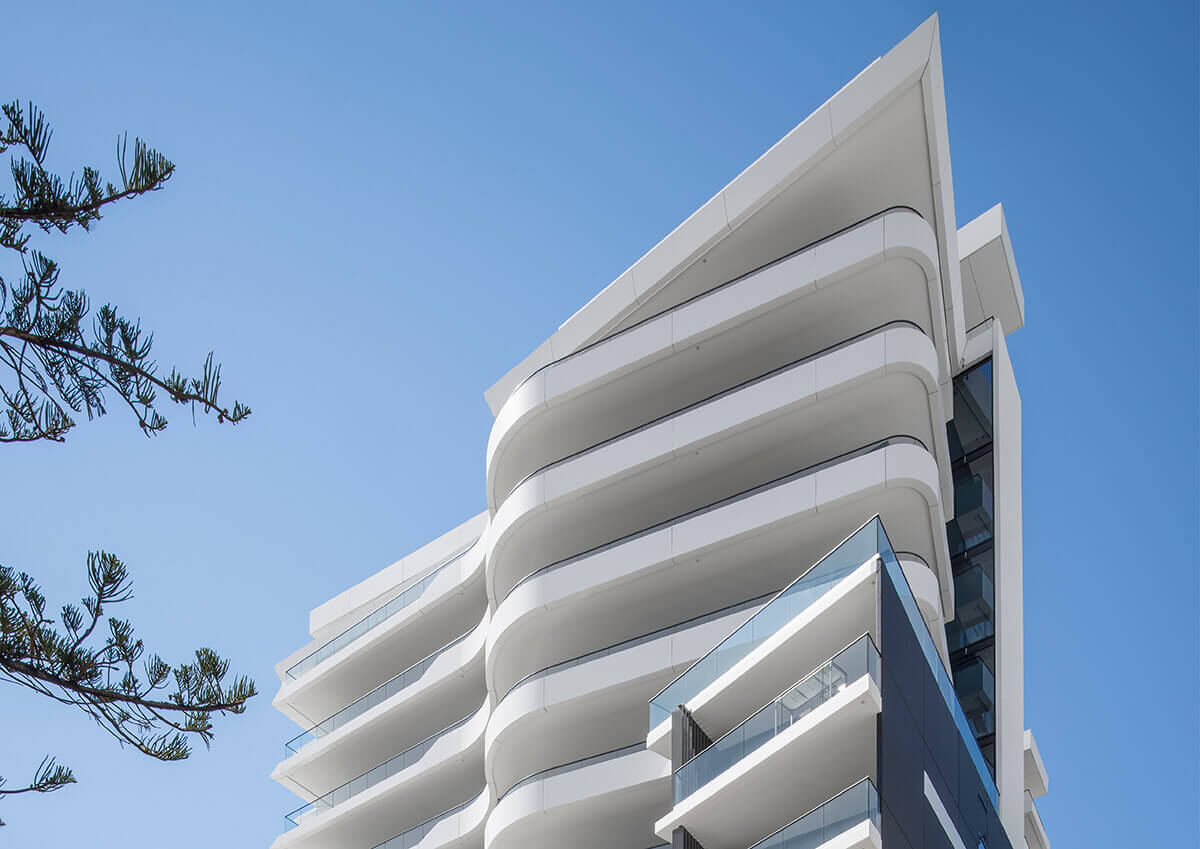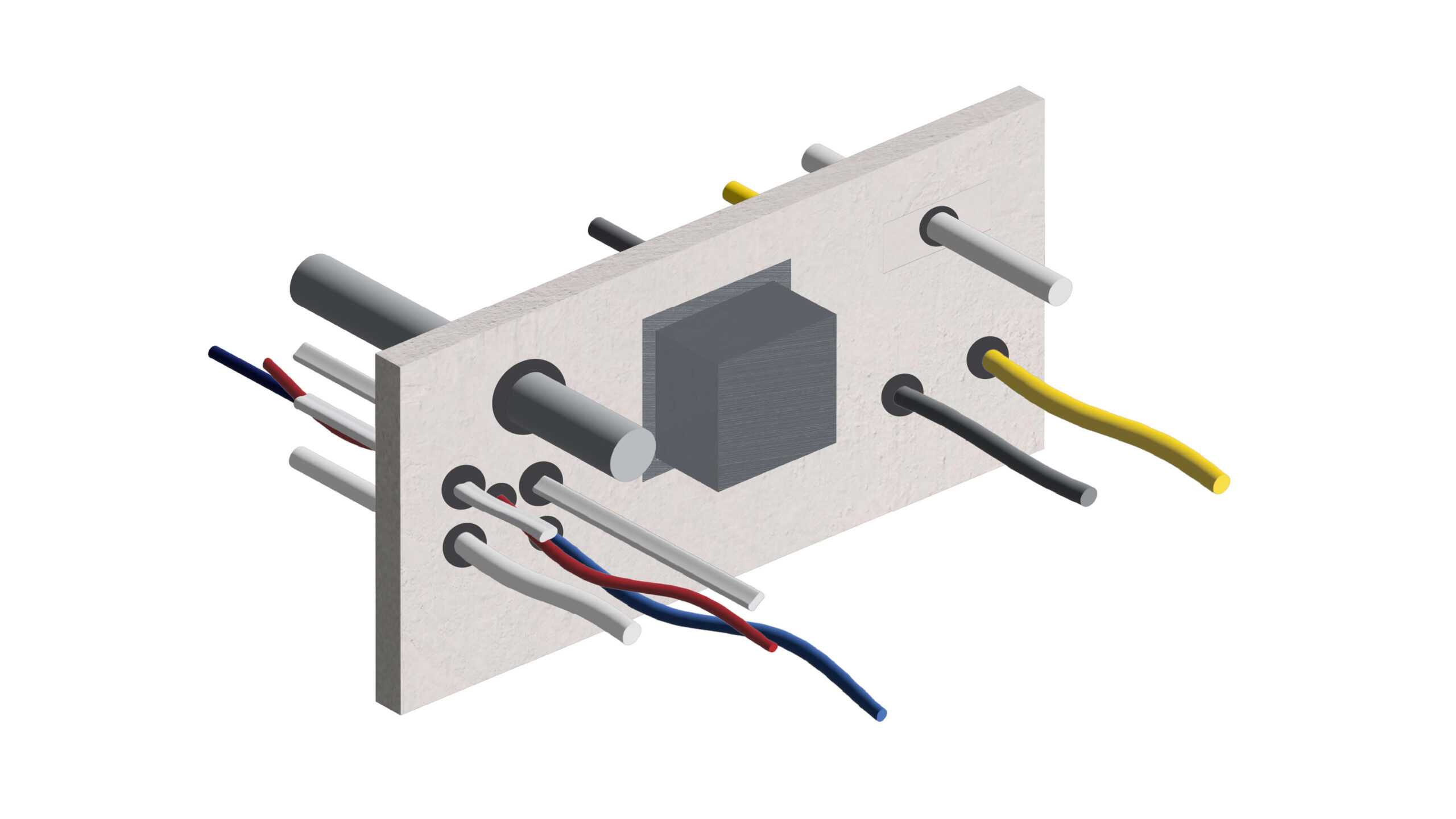
The importance of passive fire protection in apartments
Allan Harriman, Director of BCA Logic explains why walls and floors separating individual apartments or sole occupancy units (SOU’s) from adjoining units are critical to providing life safety to occupants – in the context of Building Code of Australia (BCA) objectives.
Fire and smoke
The effects of fire and smoke need to be considered in a residential apartment building and early detection of both is critical, not just fire and flame. Various statistics typically show 75% of deaths are the result of smoke in a fire event.
Smoke can develop without the presence of flame, often a fire state referred to as a smouldering fire, for example, a cigarette butt down the back of a lounge chair. At the other end of the scale a fire can develop and spread very rapidly as many modern furnishings contain large amounts of plastics and foams.
The BCA objectives therefore are based on the restriction of both fire and smoke spread within residential apartment buildings.
The benefit of smoke detectors
Smoke detectors within SOU’s are provided to wake up the occupants of that individual unit. They’re not required to be interlinked with other units so if a smoke detector false alarms due to burnt toast or steam from a bathroom it doesn’t result in the evacuation of all occupants.
If the fire progresses further, and smoke leaks into the corridor, there are smoke detectors interlinked throughout the building to provide a general warning to all occupants. For these detectors to activate it requires smoke to leak through the bounding walls or entry door into the corridor.
Services penetration in Hebel intertenancy wall
Fire rating of bounding walls
While smoke detectors are provided to alert the occupants of a fire within an SOU, it is necessary to fire rate the bounding walls between adjoining units and between units and the corridor to restrict the spread of fire from the SOU of origin. The BCA requires a minimum fire rating of 60 minutes (FRL -/60/60) which is deemed sufficient time to allow occupants of the building to self-evacuate and for the fire brigade to enter the building and undertake search and rescue operations and to extinguish the fire.
These walls inherently contain penetrations for services including water, sewerage, electrical and ventilation services which require specialised and tested systems designed to restrict the spread of fire and smoke in the event of a fire. It must be remembered that the entry door is also a penetration in a fire wall which is usually treated by the provision of a fire door.
Wall and penetration solutions must be compatible
Compatibility of the wall substrate with tested or accredited penetration treatments is absolutely critical in order to prevent the spread of both fire and smoke through these bounding walls. Penetrations that are treated with non-compatible, untested or substituted products are more than likely to fail in a fire event.
Hebel is a product that has been extensively tested with a variety of penetration products from different manufacturers – readily available solutions for standard and common penetrations expected within a building. For this reason, along with the speed of construction and excellent acoustic performance, Hebel internal wall systems are the preferred choice of many builders and designers for residential apartment bounding walls.
Subscribe to Hebel Matters.
To stay up to date with the latest Hebel news, articles and feature projects, enter your email to sign up to our monthly e-newsletter.
Subscribe


